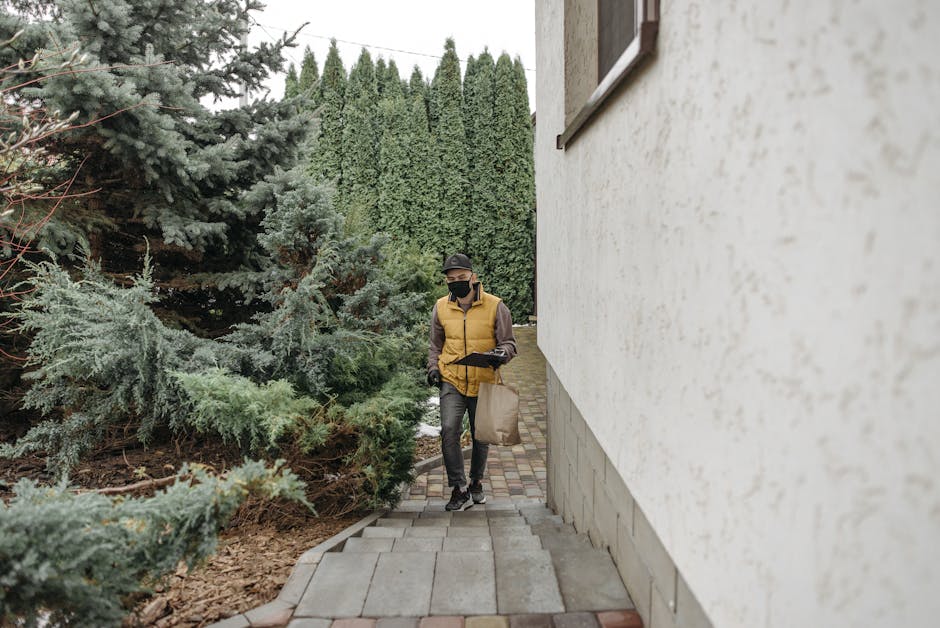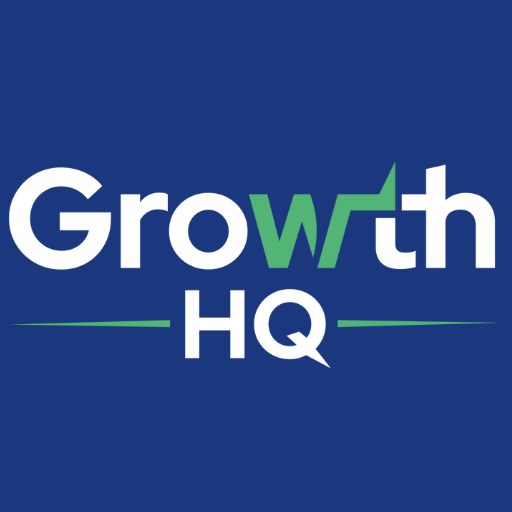The Evolving Landscape of Consumer Packaged Goods for Back-to-School Season 2025

The Evolving Landscape of Consumer Packaged Goods for Back-to-School Season 2025
In 2025, Consumer Packaged Goods (CPG) brands are tactically navigating the back-to-school season by pivoting towards larger, value-driven offerings. This strategy reflects a broader consumer demand stemming from increased inflation rates and the rising cost of living, influencing parental shopping behaviors and preferences.
Current Trends and Strategic Responses in CPG
Value Packs Dominance: CPG companies, from burgeoning startups to established market leaders, are increasingly focusing on value packs. This includes multi-count packs and larger sizes designed to provide better per-unit value. This trend is quite evident in products such as fruit snacks and other lunchbox essentials, which are now being offered in "club size" packs of 24 or more units. These bulk offerings have not only become prevalent at major club retailers like Costco and Sam’s Club but also reflect a growing demand for cost-effective shopping alternatives.
Private Label and Affordability: With budget constraints tightening, approximately 51% of parents are turning towards private labels as a money-saving tactic, with a staggering 75% open to switching brands for better pricing. CPG brands are leveraging this shift by enhancing their private label offerings and emphasizing affordability in their marketing campaigns.
Digital Integration: The seamless blend of digital and physical retail continues to play a critical role. Brands are adeptly using digital channels for couponing and promotions while maintaining strong in-store presence, especially during peak buying times, to stimulate purchasing decisions influenced by digital engagements.
Comparative Perspectives in CPG Shifts
The focus on value packs and private labels isn't just a reaction to the current economic climate; it's a strategic reshuffling that differs significantly from past practices which often emphasized premium branding and smaller pack offerings. This shift underscores a broader transformation in consumer priorities, from luxury to necessity and cost-efficiency in response to economic pressures.
As we look towards the future, the ability for CPG brands to adapt to rapid shifts in consumer behavior and economic realities will define their success in the next decade. Embracing digital transformation and value-focused strategies will be crucial.
Real-World Implications and Forward-Looking Insights
Behind these strategic shifts are real-world implications affecting everyday consumers. For instance, the emphasis on value packs directly correlates with the growing concern among parents regarding food prices and wastage. About 86% of parents express anxiety over rising food costs, with an impressive 90% prioritizing efforts to minimize food waste. Brands like Ziploc are capitalizing on these concerns with specific campaigns aimed at educating consumers on reducing waste.
Additionally, the alignment of product offerings with school supply lists reveals a deeply pragmatic approach to consumer marketing, ensuring that products are not only affordable but precisely meet the demand set forth by educational needs.
Forward-Thinking Insights
To maintain relevance and competitive edge, CPG brands must continue to innovate, not just in product offerings but also in how these products are presented to consumers. The integration of digital marketing, the strategic use of data analytics to predict consumer trends, and the dynamic adaptation to regional preferences will play pivotal roles in the evolving narrative of consumer goods.
Modern Retail suggests that brands must keep a finger on the pulse of market trends, continually assessing the effectiveness of current strategies and remaining flexible enough to pivot as consumer needs evolve.
Conclusion and Strategic Importance
The strategic shifts embraced by CPG brands in 2025 highlight not just a response to economic conditions but a proactive approach in aligning with consumer priorities. As we move forward, the landscape of consumer goods will undoubtedly continue to evolve, and those brands that can strategically align with consumer expectations while innovatively addressing market challenges will likely lead the pack.
The ongoing focus on value, sustainability, and digital engagement represents more than just tactical shifts; they underscore a fundamental transformation in the relationship between consumers and brands—a dynamic that will continue to define the market for years to come.
